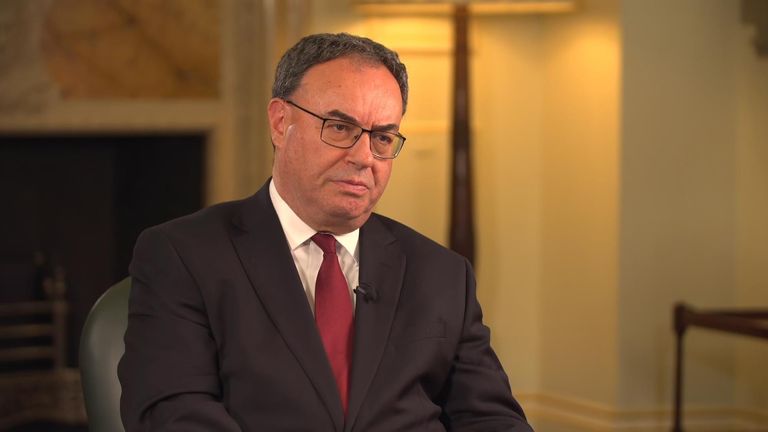Grocery inflation at lowest level since October 2021, industry data suggests


Grocery inflation has eased to its lowest level since October 2021, according to industry data released before official figures tipped to show a big dent in the overall pace of price increases in the economy.
Kantar Worldpanel – which tracks supermarket till prices, sales and market share – said its measure of grocery inflation slowed to 2.4% in the four weeks to 12 May from 3.2% the previous month.
The measure showed there is still upward pressure on the cost of items such as chilled fruit juices, drinks, sugar confectionery and chocolate confectionery – the latter a consequence of poor cocoa harvests.
Prices were still falling fastest in toilet tissues, butter and milk, the report said. It has previously pointed to wider assistance in falling costs from a price war among supermarkets.
Fraser McKevitt, Kantar’s head of retail and consumer insight, said: “Grocery price inflation is gradually returning to what we would consider more normal levels. It’s now sitting only 0.8 percentage points higher than the 10-year average of 1.6% between 2012 and 2021, which is just before prices began to climb.
“Typically, an inflation rate of around 3% is when we start to see marked changes in consumers’ behaviour, with shoppers trading down to cheaper items when the rate goes above this line and vice versa when the rate drops.
“However, after nearly two and a half years of rapidly rising prices, it could take a bit longer for shoppers to unwind the habits they have learnt to help them manage the cost of living crisis.”
Keep up with all the latest news from the UK and around the world by following Sky News
The cost of a weekly shop has been a key plank in the squeeze on shoppers’ budgets which began as economies got back up to speed following the COVID pandemic.
The bulk of the grocery inflation, however, was a result of the unprecedented surge in energy and other key commodity prices that followed Russia’s invasion of Ukraine.
Advertisement
The pace of grocery inflation has now been easing for 15 months.
There are some risks ahead, which include the cost of some imported fresh food from the European Union becoming more expensive due to the impact of additional Brexit red tape from border checks.
However, these are not expected to have a considerable impact on the headline measure of inflation over the coming months.
Please use Chrome browser for a more accessible video player

2:33
Brexit border checks to ‘add billions’ in costs
The consumer prices index (CPI) rate is tipped by economists to slow to 2%, or thereabouts, over the 12 months to April when the Office for National Statistics (ONS) releases the latest inflation data on Wednesday morning.
Given that the Bank of England‘s inflation target is 2%, the progress in slashing the pace of price growth has given rise to expectations that interest rates could soon be cut.
Please use Chrome browser for a more accessible video player

3:28
‘Path is downwards’ on interest rates – Bailey
Financial markets currently see a 58% chance that the Bank rate will fall to 5% from 5.25% following the next meeting of the Monetary Policy Committee (MPC) in June.
Some members of the MPC, including the Bank’s governor Andrew Bailey, have hinted at a “summer” cut – but they add their decisions will be based on the latest data before that meeting.